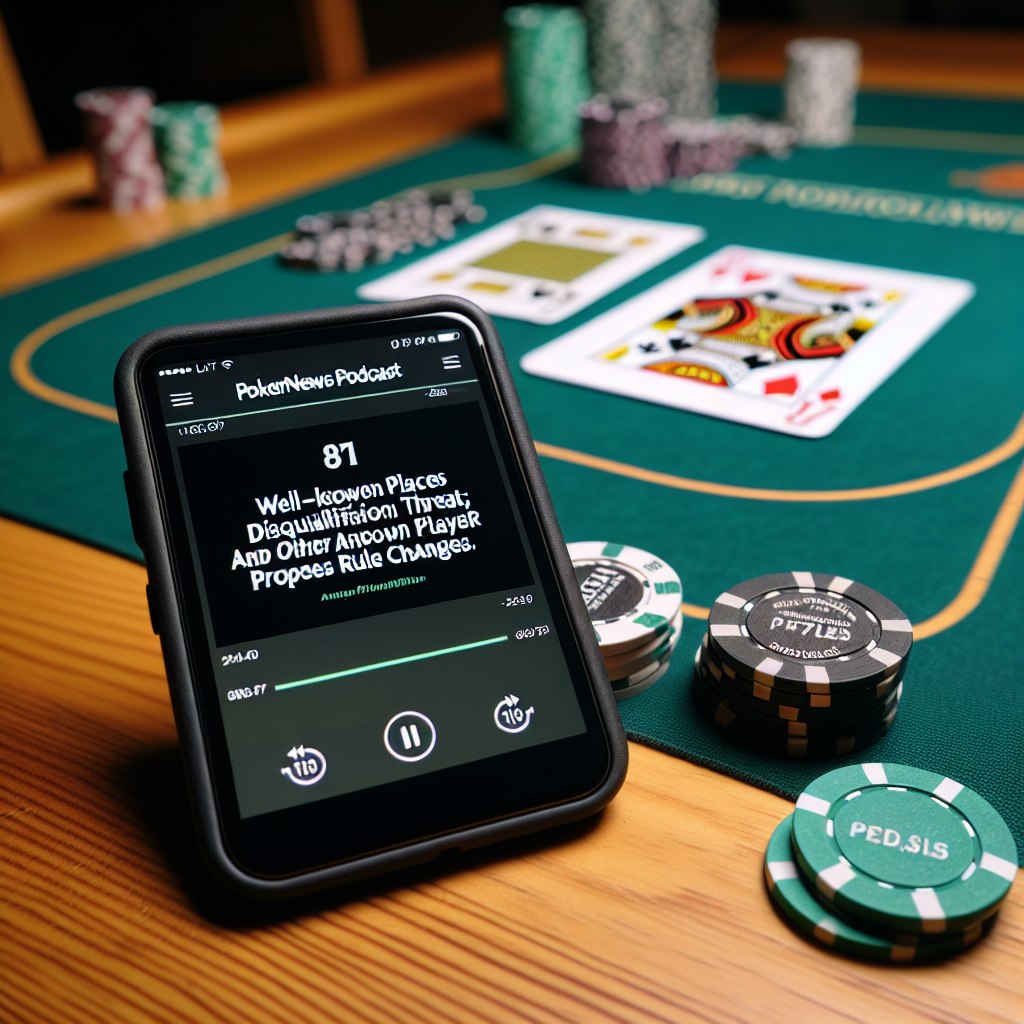
Craps, a dice game that has captivated gamblers for centuries, continues to be a cornerstone of casino entertainment. Its blend of simplicity and complexity, coupled with the potential for substantial payouts, has cemented its status as a favorite among both novice and seasoned players. In this high-stakes arena, where fortunes can change with a single roll, the importance of a well-crafted strategy cannot be overstated.
While luck plays a significant role in craps, savvy players understand that employing a best craps strategy can significantly tilt the odds in their favor. Among the myriad of approaches, mathematical strategies stand out as particularly potent tools. These data-driven methods leverage probability theory and statistical analysis to inform betting decisions, potentially maximizing returns and minimizing losses over time.
The quest for the best mathematical craps strategy has led to the development of various systems, each promising to unlock the secrets of consistent success at the craps table. From basic probability calculations to complex algorithms, these strategies aim to provide players with a structured approach to navigate the game’s numerous betting options.
In this comprehensive exploration, we will delve deep into the world of craps strategies, dissecting the most effective mathematical approaches and uncovering the science behind successful craps play. Our goal is to equip you with the knowledge and tools to implement the best strategy for craps, potentially transforming your game from mere chance to calculated precision.
Understanding craps basics
Before diving into the intricacies of the best mathematical craps strategy, it’s crucial to grasp the fundamentals of the game. Craps is played on a specially designed table, with players gathered around, eagerly anticipating the roll of the dice. The game’s core revolves around predicting the outcome of a pair of dice thrown by the “shooter.”
The craps table may seem intimidating at first glance, with its myriad of betting options and unfamiliar terminology. However, the basic craps strategy begins with understanding the primary bets:
- Pass Line Bet: This is the most common wager, where players bet that the shooter will roll a 7 or 11 on the come-out roll (winning immediately), or establish a point and then roll that point again before rolling a 7.
- Don’t Pass Bet: The opposite of the Pass Line, this bet wins if the come-out roll is 2 or 3, ties on 12, and loses on 7 or 11.
- Come Bet: Similar to the Pass Line bet, but placed after the come-out roll.
- Don’t Come Bet: The counterpart to the Come bet, following the Don’t Pass bet rules.
- Place Bets: Wagers on specific numbers (4, 5, 6, 8, 9, or 10) to be rolled before a 7.
- Field Bet: A one-roll bet that wins if 2, 3, 4, 9, 10, 11, or 12 is rolled.
Understanding the house edge is paramount when developing a craps betting strategy. The house edge varies significantly across different bets, ranging from as low as 1.36% on Pass/Don’t Pass bets to over 16% on some proposition bets. This variance underscores the importance of bet selection in any best craps betting strategy.
For instance, the Pass Line bet, a cornerstone of many craps strategies, carries a house edge of 1.41%. In contrast, the Any 7 bet, despite its allure of high payouts, comes with a staggering 16.67% house edge. Recognizing these disparities is crucial for players aiming to implement an effective basic craps strategy and maximize their chances of success at the table.
Best mathematical craps strategy: The role of mathematics in craps
At the heart of every roll in craps lies a complex web of probabilities, making mathematics an integral part of the game. Understanding these probabilities is crucial for developing the best mathematical craps strategy. Each possible outcome on the dice has a specific likelihood of occurring, which directly impacts the game’s dynamics and potential payouts.
Probability theory forms the foundation of craps mathematics. For instance, the probability of rolling a 7 (the most common outcome) is approximately 16.67%, as there are six ways to roll a 7 out of the 36 possible combinations. This fundamental concept influences every aspect of the game, from the house edge to the potential success of various betting strategies.

Expected value is another critical mathematical concept in craps. It represents the average outcome of a bet if it were placed repeatedly over a long period. Calculating the expected value helps players determine which bets offer the best long-term prospects. For example, the Pass Line bet has a higher expected value compared to proposition bets, making it a cornerstone of many craps strategies.
The best mathematical craps strategy leverages these probabilistic insights to optimize betting decisions. One such approach is the craps principle, which calculates the probability of one event occurring before another in repeated trials. This principle can be applied to various betting scenarios in craps, helping players make more informed choices.
Advanced mathematical strategies in craps often involve complex calculations and statistical analysis. These may include:
- Analyzing the frequency of specific dice combinations
- Calculating the true odds of different bets
- Developing betting progressions based on probability theory
By incorporating these mathematical concepts, players can develop a more nuanced understanding of the game, potentially improving their chances of success at the craps table. However, it’s important to remember that while mathematics can guide strategy, craps remains a game of chance, and no strategy can guarantee consistent wins.
Common craps betting strategies
When it comes to developing a craps betting strategy, players have a variety of options at their disposal. Understanding these common approaches is crucial for anyone looking to implement the best craps betting strategy at the table.
Pass Line and Don’t Pass BetsThe Pass Line bet is often considered the foundation of many craps strategies. This wager is placed before the come-out roll and wins if the shooter rolls a 7 or 11, while losing on 2, 3, or 12. If any other number is rolled, it becomes the point, and the bet wins if that point is rolled again before a 7. The Don’t Pass bet is essentially the opposite, winning on 2 or 3, losing on 7 or 11, and tying on 12. These bets are popular due to their relatively low house edge of around 1.4%.Come and Don’t Come BetsSimilar to Pass Line and Don’t Pass bets, Come and Don’t Come bets offer players additional opportunities to wager after the point is established. The Come bet wins on 7 or 11 and loses on 2, 3, or 12, while the Don’t Come bet follows the inverse pattern. These bets allow players to diversify their wagers and potentially increase their chances of winning.
Place BetsPlace bets are wagers on specific numbers (4, 5, 6, 8, 9, or 10) to be rolled before a 7. These bets can be made at any time and offer varying payouts depending on the number chosen. While they have a higher house edge than Pass Line bets, they provide more flexibility in betting options.
Field BetsField bets are one-roll wagers that win if 2, 3, 4, 9, 10, 11, or 12 is rolled. These bets offer quick results but come with a higher house edge, making them less favorable for long-term strategies.
Proposition BetsProposition bets are high-risk, high-reward wagers on specific outcomes, such as rolling a particular number or combination. While they offer attractive payouts, their high house edge makes them less suitable for a sustainable craps betting strategy.
When developing the best craps betting strategy, many experienced players recommend focusing on bets with lower house edges, such as Pass Line and Come bets, while using Place bets selectively. It’s crucial to understand that no strategy can guarantee consistent wins in craps, as it remains a game of chance. However, by combining these common betting approaches with proper bankroll management and an understanding of the game’s probabilities, players can enhance their overall experience and potentially improve their odds at the craps table.
The best mathematical craps strategy
When it comes to developing the best mathematical craps strategy, it’s crucial to understand that no approach can completely eliminate the house edge. However, by leveraging probability and statistics, players can significantly improve their odds of success. The strategy we’ll explore combines elements of the Pass Line bet, Odds bets, and selective Place bets to create a balanced approach that maximizes potential returns while minimizing risk.
Detailed explanation of the strategy
The core of this best strategy for craps revolves around making smart, calculated bets that offer the lowest house edge. Here’s a breakdown of the key components:
- Pass Line Bet: This serves as the foundation of the strategy, offering a low house edge of 1.41%.
- Odds Bets: These bets have no house edge and are crucial for maximizing potential returns.
- Come Bets: Similar to Pass Line bets, these allow for multiple numbers to be played simultaneously.
- Selective Place Bets: Specifically on 6 and 8, which have a relatively low house edge of 1.52%.
Step-by-step guide on implementing the strategy
- Start with a Pass Line bet before the come-out roll.
- Once a point is established, back your Pass Line bet with maximum Odds (3x-5x if possible).
- Place a Come bet and back it with Odds when a number is established.
- Repeat step 3 to have multiple numbers working for you.
- If neither 6 nor 8 are established as points through Pass Line or Come bets, consider placing bets on these numbers.
- Manage your bankroll by limiting your total bet size to 5% of your total chips.
- Collect winnings and press bets selectively when on a hot streak.
- If the table turns cold, reduce your bets to the minimum and wait for a new shooter.
Mathematical reasoning behind the strategy
The best mathematical craps strategy is rooted in probability theory and the concept of expected value. Here’s why this approach works:
- Pass Line and Come bets have a low house edge of 1.41%, making them statistically favorable.
- Odds bets have no house edge, effectively reducing the overall house advantage on your combined bets.
- The numbers 6 and 8 have the highest probability of being rolled (other than 7), with five ways each to be rolled out of 36 possible combinations.
- By focusing on these bets, you’re maximizing your exposure to the most frequently rolled numbers while minimizing the house edge.
Let’s break down the math:
- Pass Line bet house edge: 1.41%
- Odds bet house edge: 0%
- Place 6 or 8 house edge: 1.52%
By best mathematical craps strategy combining these bets, your overall house edge can be reduced to less than 1%, depending on the size of your Odds bets. For example, with 3x Odds, the house edge on a Pass Line bet with Odds is reduced to about 0.47%.
This best strategy for craps also takes advantage of the concept of variance. By having multiple numbers working simultaneously, you increase your chances of hitting a winner on any given roll, which can help offset the inevitable losses when a 7 is rolled.
Pros and cons of the best mathematical strategy

While the best mathematical craps strategy offers a solid approach to the game, it’s essential to understand both its strengths and limitations. Let’s examine the advantages and potential drawbacks of this method, as well as how it compares to other popular craps strategies.
Advantages of using this strategy
- Low House Edge: By focusing on Pass Line, Come bets, and Odds bets, this strategy minimizes the house advantage, giving players the best mathematical chance of success.
- Balanced Risk: The combination of different bet types provides a good balance between potential rewards and risk management.
- Longevity: With its conservative approach, this strategy allows players to extend their playing time, increasing the chances of hitting a hot streak.
- Simplicity: Despite its mathematical foundation, the strategy is relatively straightforward to implement, making it accessible to both novice and experienced players.
Potential drawbacks or limitations
- Slower Pace: Compared to more aggressive strategies, this approach may result in slower accumulation of winnings during favorable runs.
- Requires Discipline: Sticking to the strategy during losing streaks can be challenging, potentially leading players to make impulsive, less favorable bets.
- Table Limits: The effectiveness of the strategy can be limited by table maximums, particularly for Odds bets.
- Variance: While mathematically sound, short-term results can still vary significantly due to the inherent randomness of dice rolls.
Comparison with other popular strategies
When compared to other craps strategies, the best mathematical approach stands out for its balance of risk and reward:
- Iron Cross Strategy: While popular, this strategy has a higher house edge and greater risk compared to the mathematical approach.
- Martingale System: This progressive betting system can lead to substantial losses and is generally considered riskier than the mathematical strategy.
- 3-Point Molly: Similar in some aspects to the mathematical strategy, but potentially more aggressive and risky.
- Don’t Pass/Don’t Come Strategy: While mathematically sound, this approach goes against the social aspect of the game and can be less enjoyable for some players.
Players should consider their personal preferences, risk tolerance, and playing style when choosing between different craps strategies.
Optimal strategies and their real-world application
The quest for the best mathematical craps strategy leads us to a nuanced approach that balances risk and reward. By focusing on Pass Line bets, maximizing Odds bets, and selectively using Place bets on 6 and 8, players can minimize the house edge and potentially extend their playing time. This best craps strategy leverages probability theory to make informed decisions, offering a structured method for navigating the complex world of craps.
However, it’s crucial to recognize that even the most mathematically sound approach has its limitations. While this strategy can optimize your chances, it cannot overcome the inherent house advantage in the long run. The effectiveness of the best mathematical craps strategy lies in its ability to manage risk, not in guaranteeing wins.
Applying mathematics to craps provides valuable insights into the game’s mechanics and probabilities. It allows players to make more informed decisions and understand the true odds behind each bet. Yet, it’s equally important to remember that craps remains a game of chance, where short-term variance can significantly impact results.




